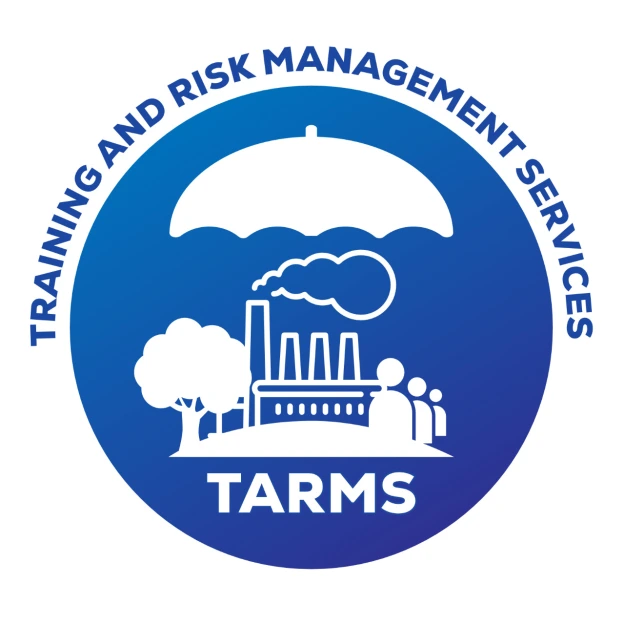
How can improve living and working condition of labor at construction site?
Improving the living and working conditions of laborers at construction sites is essential for ensuring their safety, health, and well-being. Here are strategies to achieve these improvements:
-
Provide Safe and Adequate Housing
- Quality Accommodations: Ensure that laborers have access to clean, safe, and adequate housing. This includes proper ventilation, lighting, and space, along with sanitation facilities like clean toilets, showers, and washing areas.
- Basic Amenities: Provide essential amenities such as potable water, cooking facilities, and areas for rest and recreation. Ensure that the housing is located in a safe area, away from potential hazards.
- Hygiene Standards: Maintain high standards of cleanliness in living quarters to prevent the spread of diseases. Regular cleaning and waste management should be organized.
-
Ensure Safe Working Conditions
- Safety Training: Conduct regular safety training sessions, focusing on the specific risks associated with construction work. Ensure that all workers are aware of and understand safety protocols.
- Protective Equipment: Provide personal protective equipment (PPE) such as helmets, gloves, safety boots, and harnesses. Ensure that the equipment is properly maintained and replaced when necessary.
- Hazard Management: Implement strict safety protocols to manage hazards such as working at heights, handling heavy machinery, and exposure to harmful substances. Regularly assess and mitigate risks.
-
Health and Medical Facilities
- On-Site Medical Care: Provide access to basic medical care on-site, including first aid kits and trained personnel who can respond to injuries or medical emergencies.
- Health Monitoring: Conduct regular health check-ups for workers to monitor their well-being and catch any potential health issues early.
- Mental Health Support: Offer mental health support, including counseling services, to help workers deal with stress, anxiety, and other mental health issues.
-
Fair Wages and Working Hours
- Fair Compensation: Ensure that workers are paid fair wages in line with legal requirements and industry standards. Wages should be paid on time and include overtime pay where applicable.
- Reasonable Working Hours: Implement reasonable working hours with adequate rest breaks. Avoid excessive overtime, and ensure that workers have sufficient time off to rest and recuperate.
-
Access to Education and Skill Development
- Training Programs: Provide access to training and development programs that help workers enhance their skills and increase their employability. This could include technical training, language classes, or other educational opportunities.
- Awareness Programs: Conduct awareness programs on workers’ rights, health and safety, and financial literacy to empower workers to make informed decisions.
-
Social and Recreational Facilities
- Recreational Areas: Create spaces where workers can relax and socialize, such as common rooms, sports areas, or libraries. This can help reduce stress and build camaraderie among workers.
- Community Activities: Organize social activities, cultural events, or sports competitions to foster a sense of community and improve morale.
-
Workers’ Representation and Voice
- Grievance Mechanism: Establish a transparent and accessible grievance mechanism where workers can raise concerns or complaints without fear of retaliation.
- Labor Unions: Encourage the formation of or collaboration with labor unions to ensure workers have representation and a voice in decision-making processes.
-
Compliance with Legal and Ethical Standards
- Adherence to Regulations: Ensure compliance with local and international labor laws, including those related to safety, wages, and working conditions. Regular audits can help ensure adherence.
- Ethical Practices: Promote ethical practices in hiring, employment, and treatment of workers. Avoid practices such as forced labor, child labor, and discrimination.
-
Emergency Preparedness
- Emergency Plans: Develop and communicate clear emergency plans for situations like fires, natural disasters, or accidents. Conduct regular drills to ensure workers are prepared.
- Safe Work Environment: Ensure that the construction site is equipped with emergency exits, fire extinguishers, and other safety equipment.
-
Engagement with Stakeholders
- Collaboration with NGOs and Government Bodies: Partner with NGOs, government bodies, and other stakeholders to improve labor conditions. These partnerships can provide additional resources, training, and support.
- Community Involvement: Engage with the local community to ensure that the construction project benefits the surrounding area and does not negatively impact local residents.
Nutshell
By implementing these strategies, construction companies can significantly improve the living and working conditions of laborers, leading to a more motivated, healthy, and productive workforce.

